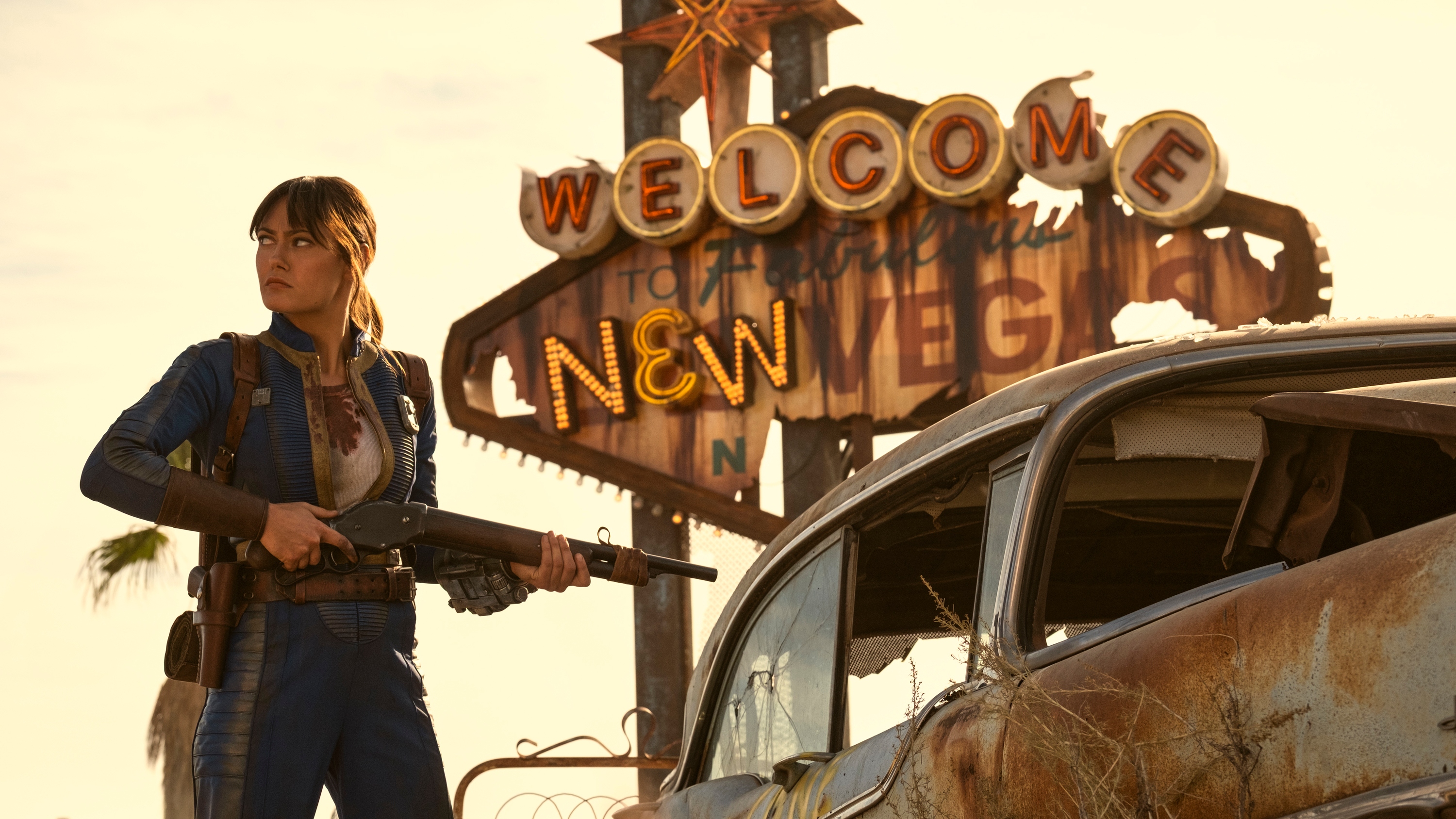‘The Mitchells vs. the Machines’ and the new age of Sony Animation
With 'The Mitchells vs. the Machines', Sony Animation has thoroughly established itself as one to watch.

Late last month, Netflix dropped the latest film from Sony Animation. The Mitchells vs. the Machines had initially been intended for a theatrical release way back in January 2020, but COVID-19 delays led to Sony Pictures cutting a deal for distribution rights with the streaming service. It seemed to pay off, as the movie, directed by Mike Rianda and produced by Phil Lord and Christopher Miller, received universally positive reviews. And rightly so. The Mitchells vs. the Machines is a rollicking delight with ten jokes a minute, and eye-catching visuals that encapsulate the frenetic chaos of always-online life. It’s exhilarating but never tiresome, wholesome but not saccharine, and full of hysterical moments that wouldn’t feel out of place in a Chuck Jones-era Looney Tunes short or episode of 30 Rock. There’s nothing quite like it in the current family-oriented animation market, and that’s great news for Sony. After years of struggling to find their footing in a crowded market where trend chasing ruled the day, Sony Animation now has a clear path forward as a unique and exciting force in the field.
Animated cinema is in a great place these days. One need only look at the work of places like Laika, Cartoon Saloon, and Aardman for proof of that. And that doesn’t even include stridently independent creators like Don Hertzfeldt, Sylvain Chomet, and PES, or the expansive visions of the medium outside of North America. It may be tough for some to see the big picture here, sadly, because, at least in America, animated films seem to have defaulted to 3-D animation with little room for experimentation. The Walt Disney Company may have made their name with traditional hand-drawn animation, but they seem to have abandoned it in favor of 3-D, although their favored narratives – fairy-tales, classic hero’s tales, musicals – remain firmly in place. DreamWorks was a titan for a while, mostly through its shameless mockery and co-opting of Disney tropes, but they’ve fallen in stature in recent years. Universal’s Illumination studio is wildly profitable thanks to the inescapable Minions but the critics have never warmed to them. The Oscars seem physically incapable of even acknowledging animation that isn’t 3-D and made by Disney or Pixar these days. For the casual fan or parent wanting some fun viewing for the entire family, their options may feel more limited now than they did even 25 years ago. This is a marked contrast to television where shows like Gravity Falls, Adventure Time, Amphibia, and She-Ra and the Princesses of Power flourish.
For Sony, their output always seemed to be a carbon copy of whatever everyone else was doing at the time. Sony Animation was founded in 2002 as the sister company of Sony Pictures Imageworks, the studio's visual effects company who worked on films as wide-ranging as Last Action Hero, Starship Troopers, and Stuart Little. At that point in film, Disney's animation renaissance was over and the company struggled to establish its identity, thus allowing a plethora of competition to emerge from the sidelines. DreamWorks changed the game with Shrek, Warner Bros. had a surprise hit with Happy Feet, and Fox's Ice Age became a major franchise.
There seemed no better time to enter the market, which Sony did in 2006 with Open Season. While it made a profit, Open Season was dinged for being too derivative of other cartoons and its animation was called "uninspired" by Richard Roeper. Slowly, however, Sony began to find its footing. They established a rich partnership with Lord/Miller Productions that started things off with the quirky and vibrant adaptation of Cloudy with a Chance of Meatballs. They teamed up with beloved British animation company Aardman on underseen titles like Arthur Christmas and The Pirates! Band of Misfits, and allowed Samurai Jack creator Genndy Tartakovsky to make the monster-mash golden age comedy series Hotel Transylvania.
Yet in-between those moments where downturns, such as the truly awful Smurfs franchise and the execrable mess that was The Emoji Movie. The latter was such a transparent case of churning out a substandard product for a quick cash-grab that you almost admire Sony for the sheer shamelessness of it. As Disney reclaimed its crown alongside corporate pals Pixar and the Minions filled every other nook and cranny, companies like Sony Animation struggled. Copying their competition wasn't working and their artistic risks weren't paying off. What else was there to do? And this is where we enter the Spider-Verse.
2018's Spider-Man: Into the Spider-Verse was a veritable kick up the rear for both Sony Animation and the medium as a whole. The unique combination of hand-drawn comic book techniques with computer generated animation created something truly eye-popping and unlike anything else in the genre. It was a beautiful superhero tale that stood tall even in the current oversaturated market, a poignant, meta-comedy with real emotional stakes that showed both animation and superhero cinema at its absolute peak. Critics went wild, as did audiences, and Into the Spider-Verse became the only the fifth non-Disney-Pixar film to win the Oscar for Best Animated Feature. It was confirmation that Sony Animation didn’t need to follow the herd or rely on IP cash-grabs.
There's still an overwhelming sense that American animated films must operate within smothering restrictions. Studios stick to the default mode of thinking that kids don’t need much to be entertained, or that they are unwilling to try new stories or aesthetics outside of the handful of ones we see all the time. It’s blatantly untrue and always has been, but can anyone step up to the plate to provide the alternative? Sony Animation have it in them to be that force, a vibrant contrast from Disney-Pixar’s patented gloss or the well-oiled Minions machine of Illumination. Coming soon, they will release Vivo, a musical with songs by Hamilton's very own Lin-Manuel Miranda, on Netflix, and the second foray into the Spider-Verse is coming soon. For animation lovers, it’s a bright future ahead.
The latest updates, reviews and unmissable series to watch and more!
Kayleigh is a pop culture writer and critic based in Dundee, Scotland. Her work can be found on Pajiba, IGN, Uproxx, RogerEbert.com, SlashFilm, and WhatToWatch, among other places. She's also the creator of the newsletter The Gossip Reading Club.


